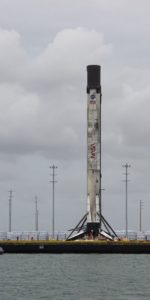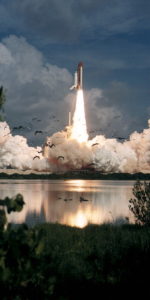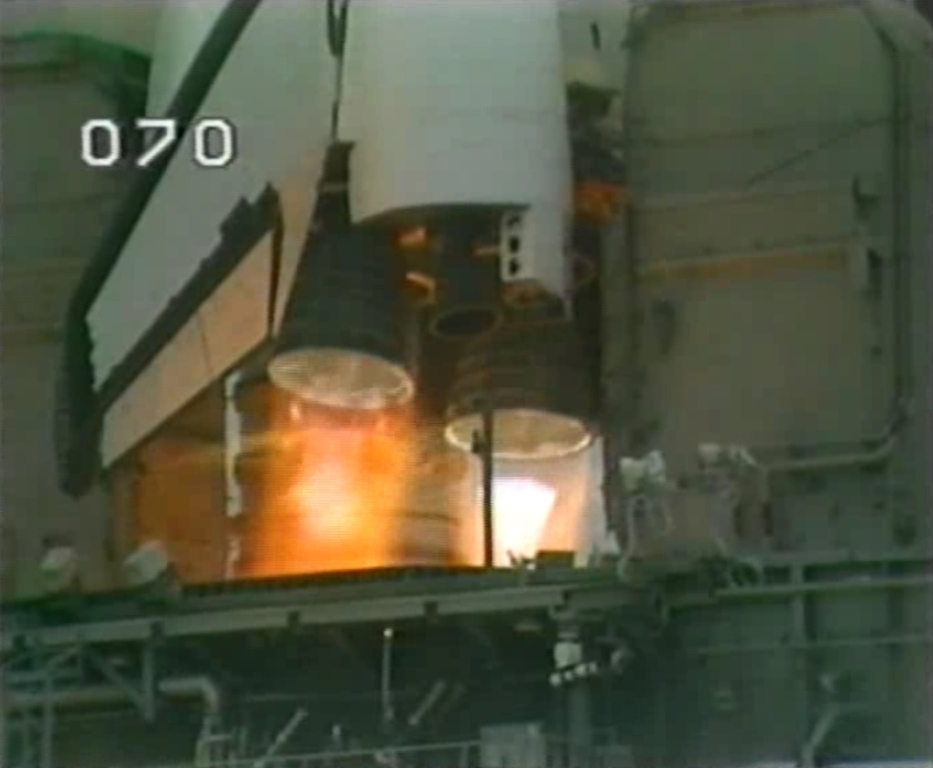
Thirty-five years ago today, one of the hairiest close-calls in the history of the Space Shuttle Program unfolded with dramatic suddenness on historic Pad 39A at the Kennedy Space Center (KSC) in Florida. Aboard Challenger for what should have been her eighth voyage was a seven-man crew tasked with a week-long mission to conduct a full plate of scientific research spanning astronomy, solar physics, plasma physics and biological sciences. But 12 July 1985 would turn into a day of bitter disappointment for NASA and the crew of Mission 51F—Commander Gordon Fullerton, Pilot Roy Bridges, Mission Specialists Karl Henize, Story Musgrave and Tony England and Payload Specialists Loren Acton and John-David Bartoe—as they endured an on-the-pad shutdown of the shuttle’s main engines, just three seconds before liftoff.
It was not the first time that the shuttle’s cluster of engines had sputtered and died in a last-second pre-launch gasp of notification that all was not well. A year earlier, in June 1984, the entire shuttle manifest had been thrown into disarray when Discovery suffered a stuck valve which prohibited the proper flow of liquid oxygen into the combustion chamber of the No. 1 engine.
The Redundant Set Launch Sequencer (RSLS) abort which followed shut down the other two engines and required the astronauts to depart the vehicle, only to be drenched by the launch pad’s water deluge system. It served as a fundamental reminder that space exploration could never be routine and cemented a growing perception in many astronauts’ minds that the greatest potential for failure lay with the main engines.
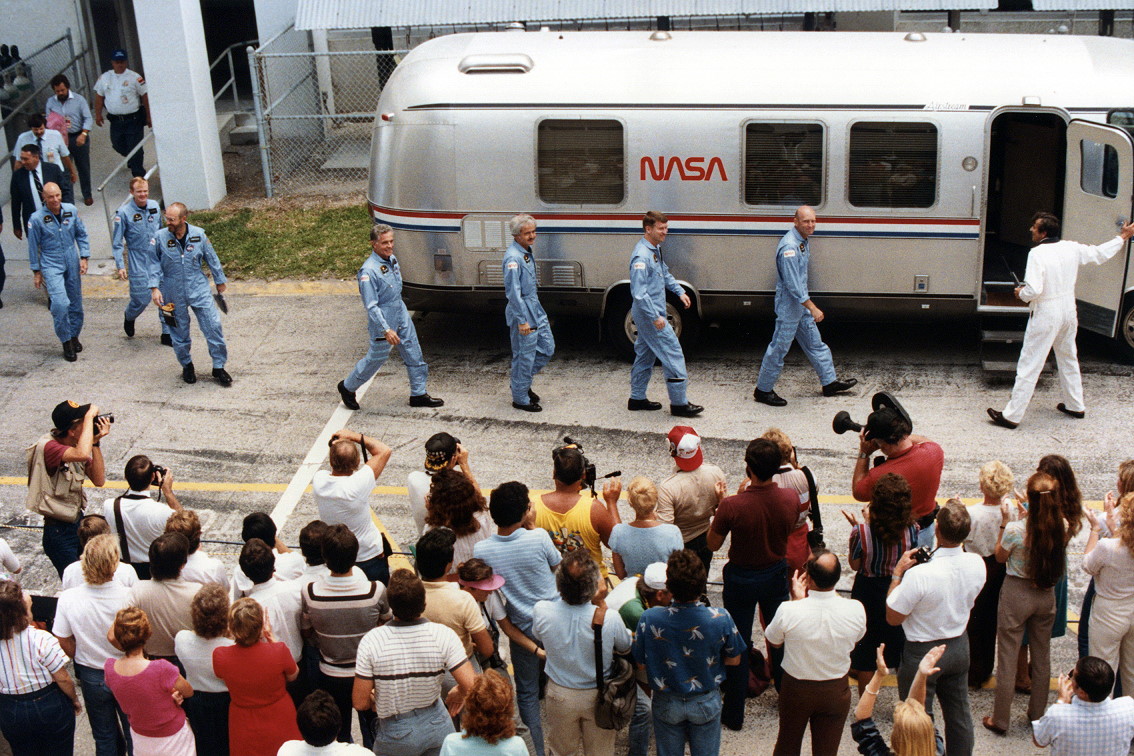
Launch of Mission 51F was targeted for 3:30 p.m. EDT on 12 July 1985 and the seven astronauts departed their crew quarters and headed promptly for the pad. Five minutes before liftoff, Bridges reached over and activated Challenger’s trio of Auxiliary Power Units (APUs). Passing T-31 seconds, the Ground Launch Sequencer (GLS) transitioned control of the countdown over to the shuttle’s on-board computers, ahead of the main engine ignition sequence.
“We have a Go for autosequence start,” came the call from launch commentator Jim Ball. “Challenger’s computers have primary control of critical vehicle functions. The Ground Launch Sequencer will now serve in a support mode.”
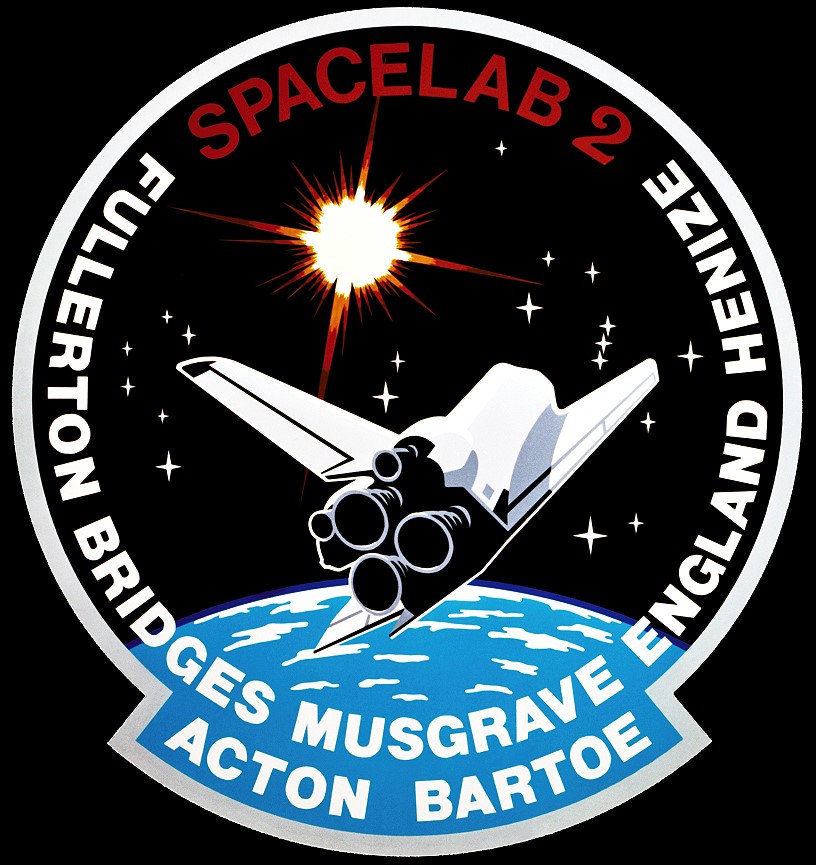
“At T-7 seconds, the main engines start with a rumble, far below,” Bridges recalled to an interviewer, years later. “As the person in charge of all engines, I watch the chamber pressure indicators come to life and surge towards 100 percent.”
But all was not as it seemed.
“The left engine indicator seems to be lagging behind,” continued Bridges. “Before I can say a word, it falls to zero, followed by the other engines. With less than three seconds before our planned liftoff, we have an abort. The groans from the rest of the crew are now audible. I take a quick look around to see if there’s anything else to be done and notice Gordon Fullerton turning to look at me.”
A thought crossed Bridges’ mind. Did Fullerton somehow think that his “rookie” pilot had screwed up and was responsible for this? Bridges showed him both hands, palms up. “Gordo, I didn’t touch a thing,” he said. “It was an automatic shutdown.”
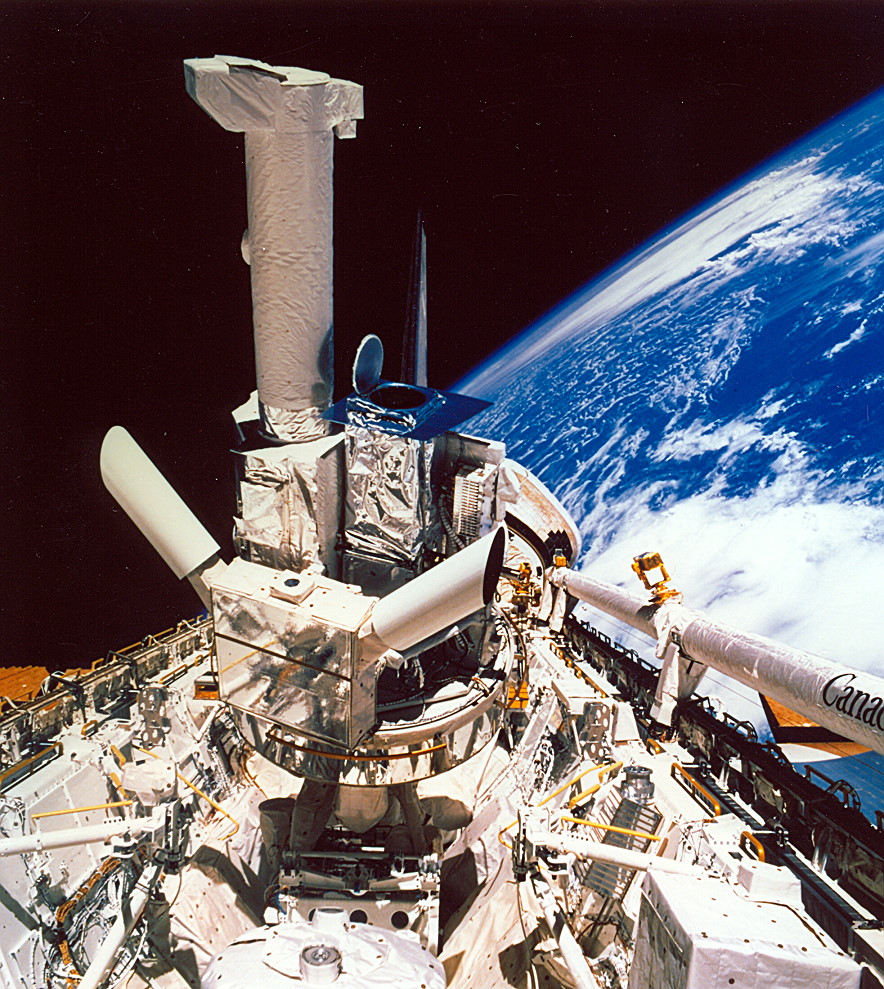
Visible on the television picture and to onlookers at the Cape, the translucent orange flame from the engines sputtered and died as “RSLS Abort” echoed over the airwaves. “We have an abort,” confirmed Ball. “GLS safing is in progress at this time.” In the seconds that followed, the launch pad’s deluge system began flooding Challenger’s aft compartment with water as Bridges set to work shutting down the APUs. The seven disappointed, frustrated, yet relieved astronauts were extracted from the shuttle’s crew cabin shortly thereafter.
The root cause was later traced to a problem with the No. 2 engine’s chamber coolant valve. It had proved too slow in closing from 100-percent “open” to the 70 percent necessary to begin the ignition and engine ramp-up sequence. One of the two command channels failed to properly execute its closure and, although a backup took over without incident, flight rules dictated that both channels needed to be fully functional in order to go ahead. The launch was scrubbed in a move which quite possibly saved the Challenger crew’s lives that afternoon. Seventeen days later, on 29 July, they would finally launch, but would achieve orbit only after enduring still greater misfortune.




